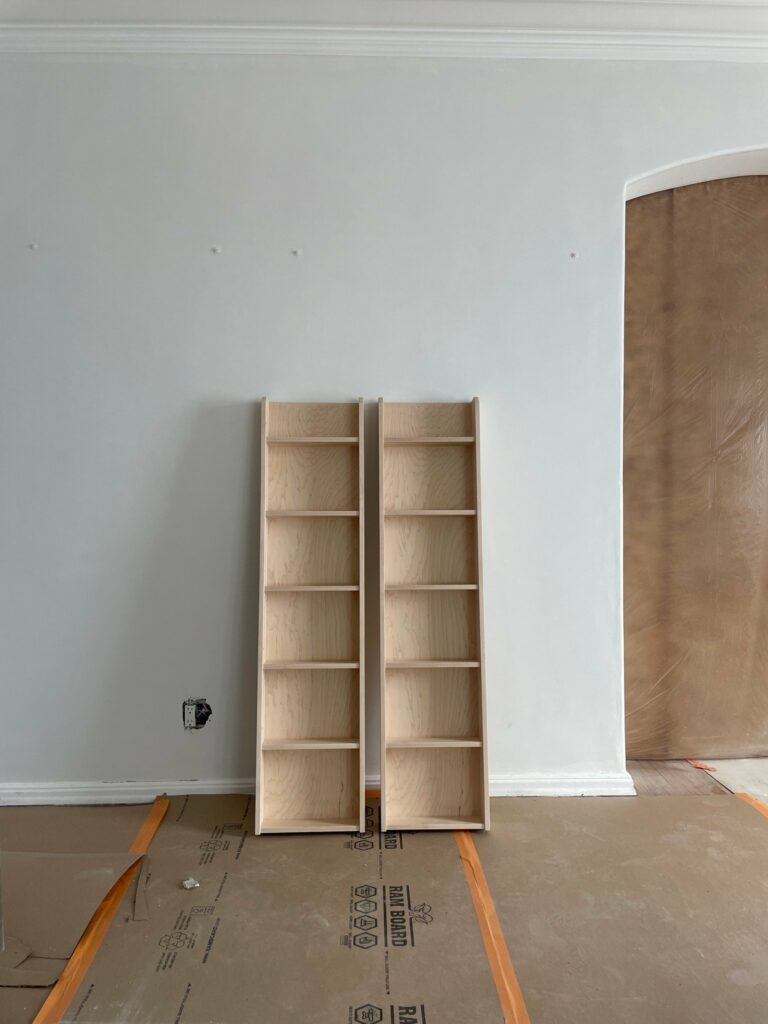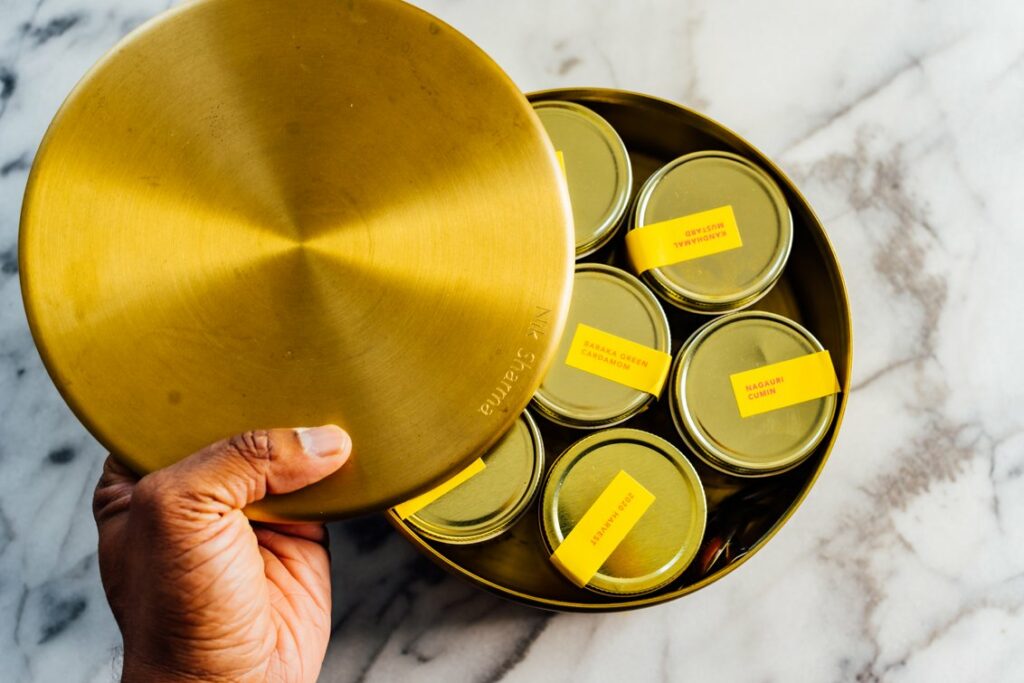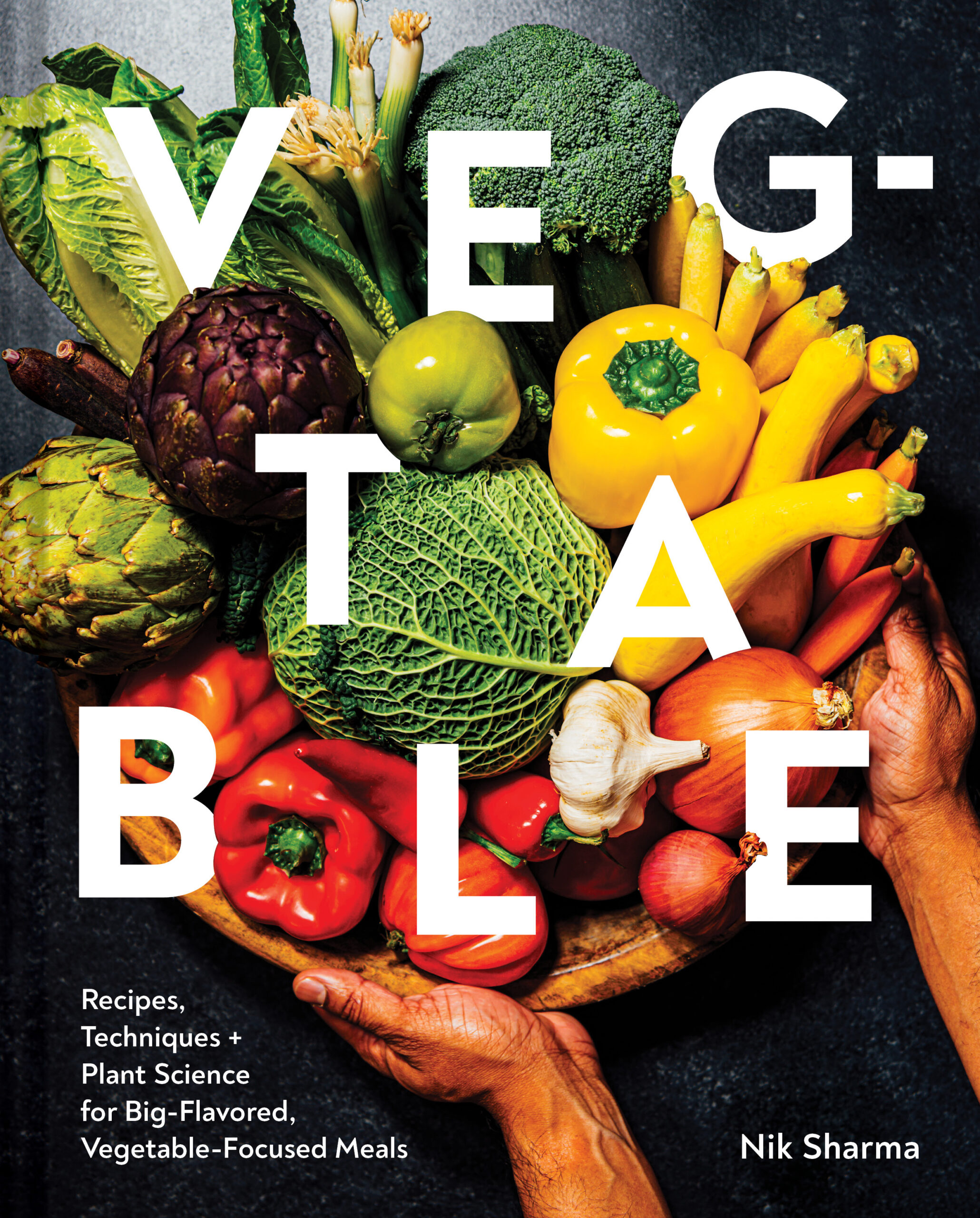I’m inching closer and closer to the completion of my kitchen remodel. All the cabinetry was delivered a week ago, fitted, and installed. I LOVE IT! We’ve also hit a few new snags along the way. The tile that I had my heart set on for my backsplash won’t be here until late May, and I decided to drop my plans to use it. I’ve picked a different tile in stock because I’ve learned with this experience that I must move with the current if I want the kitchen completed on time, and it’s not worth getting too attached to anything until it actually shows up and fits in your kitchen.
One of the problems with the old kitchen and its layout was the lack of storage. Having ample storage space and functionality were the two most important things I wanted to focus on when designing this kitchen. This theme has guided me throughout this project. Store as much as I can in an organized and functional way. And hide it! I don’t like open shelves or my appliances and jars sitting outside because they will act like dust magnets. The less I need to clean, the better.
THE GUIDE TO SPICE STORAGE
I probably own too many spices. I’ve got four large containers of all my spice jars and boxes sitting together in my office while our kitchen remodel unfolds. I asked my cabinet makers to make a unique storage solution, “Can I get something that can hold one hundred standard jars.” Insane, I know, but I go through most of them pretty quickly. (No, you don’t need a 100-jar rack set unless you’re working in a kitchen or recipe testing for work, but you can reuse this idea and adapt it to suit your own needs in your kitchens).


PROBLEMS THAT ARISE WITH STORING SPICES
While spices are dried and “dead” parts of plants, they’re still dynamic entities and biochemically active. So they will keep losing their potency over time. Our goal is to minimize and reduce loss and save money!
QUALITY The quality of spices varies by source. Take turmeric, for instance; when I use the ground turmeric from Diaspora Co., the color is beautifully vibrant, and the flavor.
AVOID SUNLIGHT Treat your spices like vampires but ones that you love. Sunlight damages the chemistry of the essential oils that give spices their unique flavors. Storing spices (and many dry ingredients like grains, etc.) look cute, but it will significantly reduce the quality of their flavor and shelf life. When ground and kept exposed to light, it will lose its treasured pungency because piperine, the chemical that gives pepper its heat, undergoes a rearrangement of its chemical structure on exposure to light, which turns flavorless. Sunlight is also notorious for bleaching color; if dried spices are left exposed long enough, you might notice a visible color difference compared to a fresh batch of spices.
AVOID HEAT I mean this specifically for storage. When spices are exposed to heat, it provides energy to the essential oils in spices; they turn volatile and escape into the air or, even worse, undergo chemical reactions that reduce their potency.
AVOID MOISTURE Moisture is unavoidable in high-humidity areas, and dried spices lose their flavor over time when exposed to moisture.
DO STORE your spices in a cool, dark place in an airtight container in a pantry or kitchen cabinet. If you want to use the refrigerator (this isn’t necessary), place the spice jars in an airtight box and add a few sachets of silica gel beads that come packaged with dry food or a bag of dry uncooked rice grains to help reduce moisture. You can also store spices in dark glass jars like amber-colored ones, but that’s unnecessary if the jars are stored away inside a dark cupboard.
TIME I used to buy giant jars of spices because they were cheaper, but I’d never go through them fast enough. I have a small family and don’t run a restaurant, so it isn’t practical for me to sit with two pounds of turmeric (though I do use some of it when I clean my skin, it’s still too much, and I don’t drink/like turmeric lattes, so that isn’t happening. I digress…). When we lived in Oakland, and my mom visited us from India, she walked into my kitchen and went through my spices. Some were way past their expiration, and others were no longer as flavorful. We threw most of them out (into the garden), and I switched to buying small quantities that worked for my usage needs.
GROUND V/S DRIED SPICES This is a question of surface area. Dried whole spices last longer than dried ground spices because of their reduced surface area. The more spread of something, the greater the chances of evaporation and exposure to unfavorable conditions. Ground spices and spice blends lose their flavor after six months, but some whole spices can last up to a year. A lot of this varies by the type of spice and where you live.
PRE-TOASTED SPICES I once worked with a recipe tester that used toasted cumin in a recipe of mine and found 1 tsp to be very little, but I, on the other hand, found it just right. Too much or too little spice can kill a recipe. After going over each step with them, we learned that their ground cumin was more than a year old. We re-tested the recipe with a brand-new jar of cumin, and the flavor was perfect. Having a jar of pre-toasted spices is very convenient; I get it, but it is also one of the easiest ways for a spice to lose its flavor over a short period. Ground toasted cumin, coriander, and whole sesame seeds are three spices that I go through plenty of, and I always have some on hand. If you don’t use toasted spices often, make a small quantity like 2 to 3 Tbsp, and store it. Because they’re toasted and, in some cases, ground, they will lose their flavor powers with ease. They won’t smell as fragrant.
SOLUTIONS TO STORING SPICES
STORAGE Airtight glass jars are your friends. I’m not a big fan of plastic because sometimes, the smell stays on in the jars no matter how much you wash them. Also, less plastic usage is always better. I also keep a “masala dabba” aka spice box that I got from Diaspora Co. It contains jars of the five most frequently used spices in my kitchen. (I’ve got glass jars in here right now, but I’m probably going to replace them with brass bowls when I find them.) You can also find masala dabbas on Etsy and in Indian grocery stores.

DO WASH AND CLEAN YOUR JARS Just like any container used to store food, wash your jars before and after use. I recycle most of my jars and bacteria, and other nasty microbes can collect in there over time, so I clean them whenever possible.
HOW TO REVIVE AN OLD SPICE (no, not the aftershave) I know I just told you to avoid exposing your spices to heat when you store them, so this might sound counterintuitive but stick with me. Heating older spices can help give them a second life (not always, especially if they’re a century-old like the jars we found in the basement of our house, I exaggerate a little bit here, I think they might be two or three decades old). Heat provides energy to the molecules inside the dried spice; it will help them move to the top surface and bring their flavor out. Heat also helps drive any trapped moisture out. Toasting spices and the Indian technique of tadka (see my Guide to Tadka on Serious Eats) are two ways by which heat helps bring the flavor out. And if all else fails, increase the amount of spice you use.
IDENTIFICATION Sometimes, it feels like I’m staring blankly into the abyss, and I can’t find the spice I need even though it’s staring at me right in the face. I blank out. I wonder if I’m alone in this. What I’m finding works is color coding. I bought a bunch of circular stickers in different colors and labeled the top of the jars and the sides with the same color. Here’s the key I use. Why did I pick these colors? They seem the most apparent relationship to me (this is a case of priming – developing color associations between food based on what we are constantly exposed to in life). If you have a better system of cataloging your spices, share it in the comment section below.
Green – Dried Herbs like oregano
Yellow – Dried Whole Seeds like whole cumin
Orange – Ground spices
Red – Hot things like chillies and black pepper
Pink – Florals and coloring agents like saffron and turmeric
DISCARDING OLD SPICES I toss old useless spices that are expired or don’t smell as good anymore in the garden to compost or keep gophers away (though I don’t think it works). Also, if the spice is ground, don’t toss it from high up because it will either go into your eyes or nose or stain your clothes and make a mess. All of those can be disastrous situations.


One Response
What a wonderful, educational post. Thank you so much!